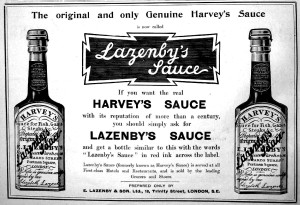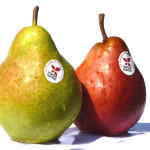12th September 1914
By morning, the wet weather had turned the roads into a quagmire. The going was slow. The Dorsets’ war diary reports many halts, as does the Cheshires’, “Weather again very bad. Roads a sea of mud”.
The diary reports of “heavy gunfire” on their right. While the Cheshires report “a very big battle was going on to the North West along the River Aisne this day.” They were approaching the next big river crossing in their advance north. They’d made it over the Marne without too much of a fuss, but would the Aisne treat them so kindly?
The whole brigade stopped in a farm called Ferme de l’Épitaphe. Gleichen describes it as being “a huge farm standing by itself in a vast and dreary plain of ploughed fields”. There is still a farm along that road surrounded by fields, so I’ve placed them there for the night on the map. It was a tight squeeze. At one point 14th Brigade turned up but they were sent back to “Chrisy”. I think Gleichen means Chacrise, a couple of miles back down the road. The Dorsets and Norfolks were also sent back to billet in Nampteuil-Sous-Muret a mile away.
Gleichen, ever the gastronome, laments a lack of food and is made even less happier by eating late and also having to share dinner with some gunnery officers. He turns to the contents of their mess basket, “which consisted only of Harvey sauce, knives and forks, an old ham-bone, sweet biscuits, and jam”. Delicious.
If you fancy a drop o’ Harvey’s on your ham-bone then here’s a recipe from Foods of England. It sounds a bit like Worcestershire sauce to me. It was later renamed Lazenby’s (with a great strap line – The World’s Appetiser).

Dissolve six anchovies in a pint of strong vinegar, and then add to them three table-spoonfuls of India soy, and three table-spoonfuls of mushroom catchup, two heads of garlic bruised small, and a quarter of an ounce of cayenne. Add sufficient cochineal powder to colour the mixture red. Let all these ingredients infuse in the vinegar for a fortnight, shaking it every day, and then strain and bottle it for use.
